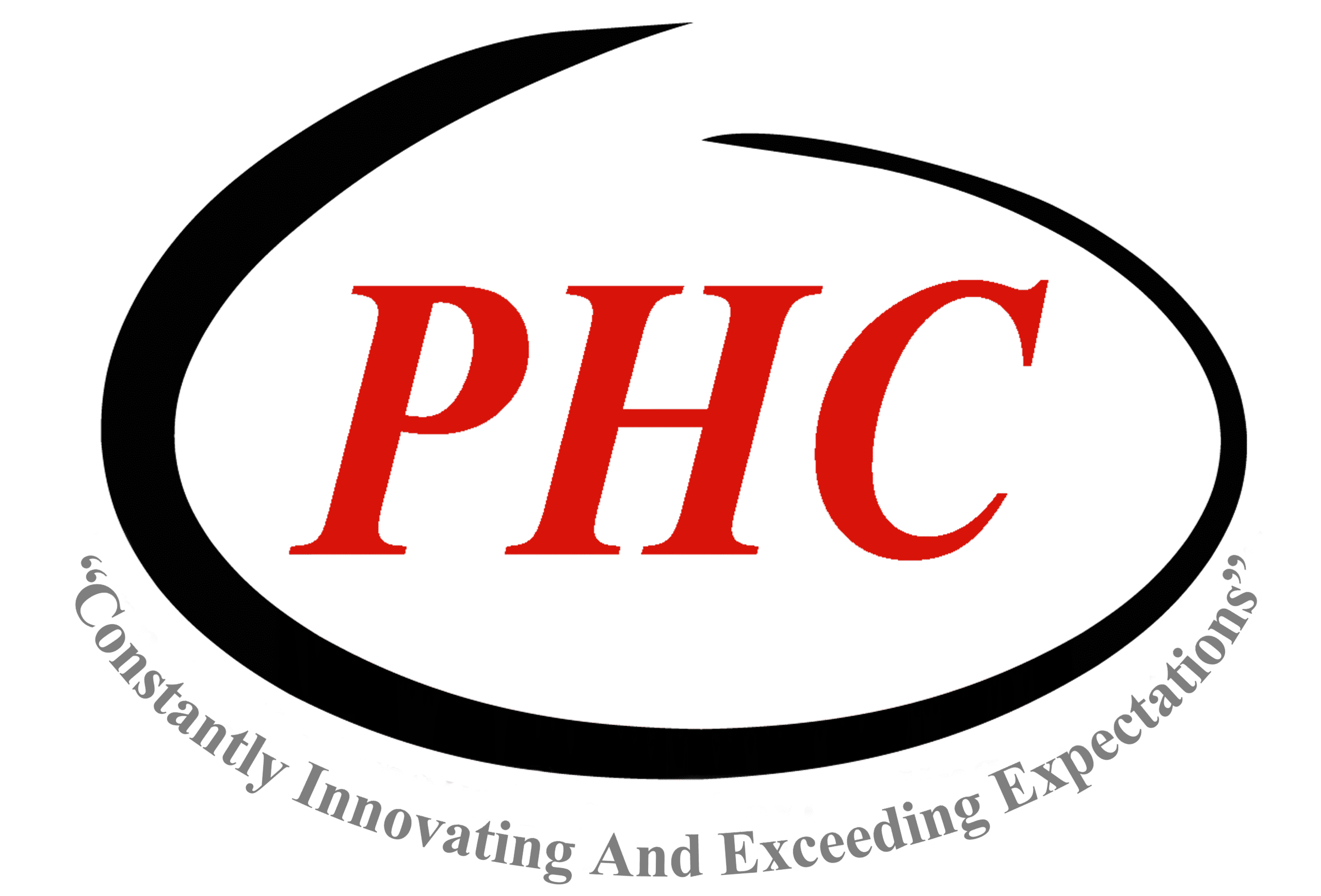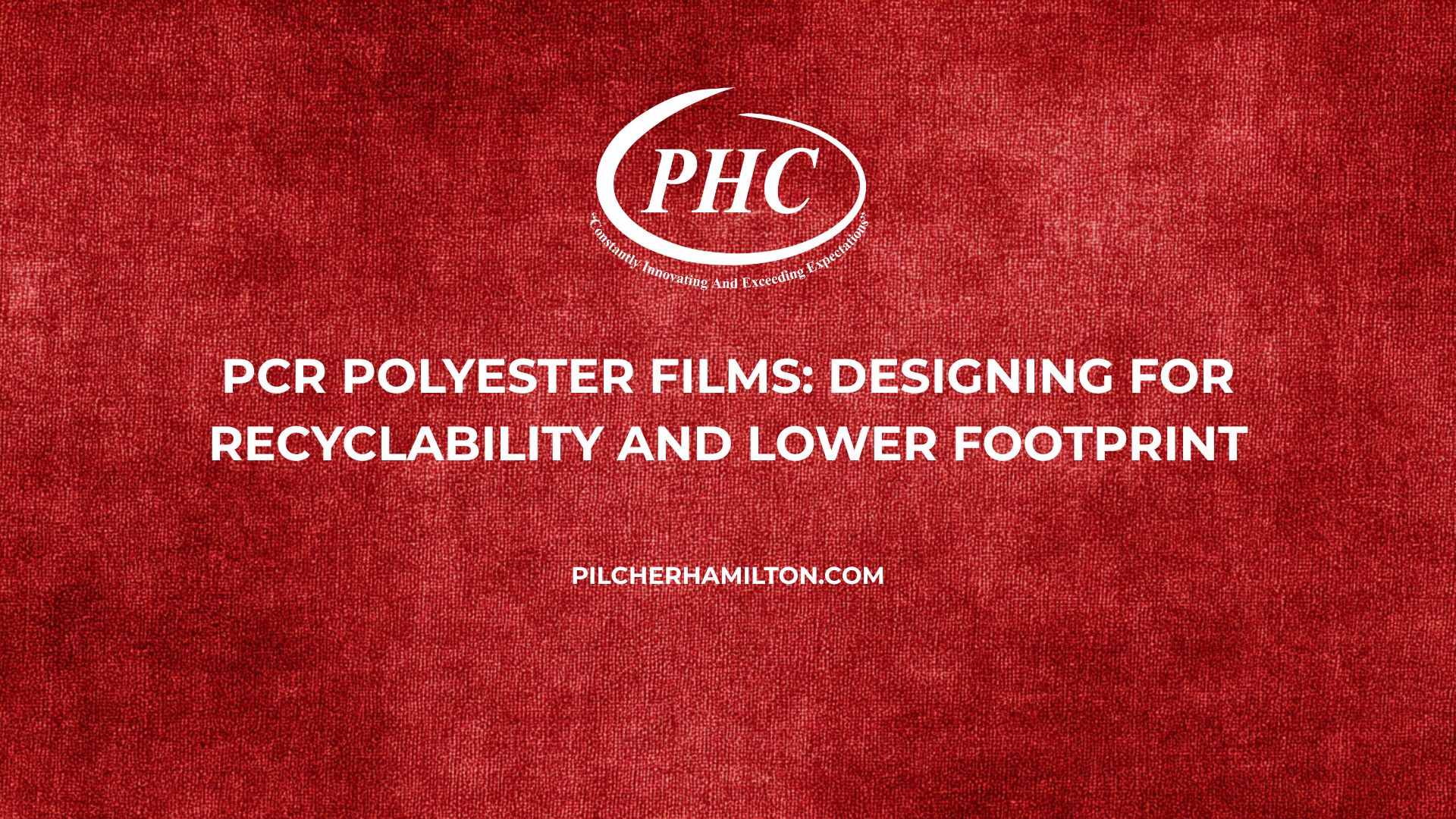Packaging designers seeking “polyester near me” with a sustainability focus increasingly specify PCR (post‑consumer recycled) polyester films. These films incorporate recycled PET resin collected from bottles and other consumer goods, reducing virgin polymer use and supporting a circular economy. Biaxially oriented PCR films maintain many of the mechanical and barrier properties of virgin PET while offering environmental benefits. In this article, we explore PCR content options, clarity trade‑offs, processing guidelines and environmental claims for PET films with recycled content.
Key Takeaways
- PCR percentages vary – Films may contain 10 % to 90 % post‑consumer recycled resin; higher percentages can impact clarity and color.
- Mechanical properties – Tensile strength and thermal stability remain comparable to virgin PET up to moderate PCR levels.
- Color and clarity trade‑offs – Increasing PCR content may introduce slight yellowing or haze; selecting high‑quality PCR improves optics.
- Processing guidelines – PCR films can be coated, printed and laminated like virgin PET but may require optimized corona treatment.
- Environmental claims – Validate recycled content and recyclability; align claims with recognized standards.
What Is PCR PET?
PCR PET is produced by cleaning, depolymerizing and re‑polymerizing waste PET bottles and packaging. The resulting resin is combined with virgin PET and extruded into film. PCR content can range from 10 % to 90 % depending on performance requirements. Using PCR reduces carbon footprint and supports recycling initiatives. Many brand owners specify a minimum PCR percentage in line with sustainability goals.
Performance vs PCR Content
Mechanical strength and thermal properties remain stable up to about 30 % PCR content. At higher levels, slight reductions in tensile strength or elongation may occur due to polymer chain scission during recycling. Barrier properties (OTR and WVTR) remain within specification for packaging applications but should be verified through testing. Clarity may decrease as PCR percentage rises; careful selection of PCR sources minimizes yellowing.
Clarity & Color Management
Virgin PET is prized for its transparency. PCR resin may introduce color variation or haze depending on source contamination. To achieve clear films, PCR is sourced from bottle‑grade material and thoroughly cleaned. Light blue or green tint can be masked by adding optical brighteners. For applications requiring absolute clarity—such as window film or high‑end graphics—PCR content is limited to 10–25 %. Opaque or metallized structures can tolerate higher PCR levels.
Converting & QA
PCR PET can be corona‑treated, coated, printed and laminated like virgin PET. Surface energy should be tested (aim for ≥50 dynes) and may require additional corona treatment due to variability in recycled resin. PCR films should be dried thoroughly before extrusion to avoid hydrolytic degradation. PHC’s quality control monitors thickness, dyne level and color for each lot.
| Checklist | 10 % PCR | 30 % PCR | 50 % PCR | 70 % PCR | Notes |
| Clarity (haze) | <1 % | <2 % | 3–5 % | 5–8 % | Higher PCR increases haze |
| Color (b*) | Neutral | Slight | Light tint | Moderate | Blue/green tint may appear |
| Tensile strength | ≥95 % | ≥90 % | ≥85 % | ≥80 % | Relative to virgin PET |
| Surface energy | ≥50 dynes | ≥50 dynes | ≥48 dynes | ≥48 dynes | Additional treatment may be needed |
FAQ
How is PCR content verified? Recycled content percentages are validated by mass balance or chain‑of‑custody certification. Certificates accompany each lot.
Does PCR PET affect barrier properties? At moderate PCR levels, barrier performance remains comparable to virgin PET. For high PCR content, test OTR and WVTR to confirm suitability.
Can PCR films be used for food packaging? Yes. Food‑grade PCR PET is available and complies with regulatory requirements. Check that the PCR source is FDA‑ or EFSA‑approved for food contact.
Do PCR films cost more? Costs can vary depending on availability of recycled resin. However, incentives and sustainability commitments often offset price differences.
Where can I find polyester near me with recycled content? PHC offers PCR PET films in various percentages, slit and sheeted at our Greer facility to meet your sustainable packaging needs.
Call to Action
Make your packaging more sustainable with PCR polyester films from Pilcher Hamilton Corporation. Our team will help you select the appropriate PCR percentage, gauge and treatment to balance performance and environmental impact. Visit our post‑consumer recycled and sustainability first pages for more information, or contact us through our locations to discuss your project. Let polyester near me also mean “sustainable near me.”
Serving the USA from Greer – South carolina
850 South Buncombe Road
Greer – South carolina
Reach out via our contact page or explore our locations for assistance.

